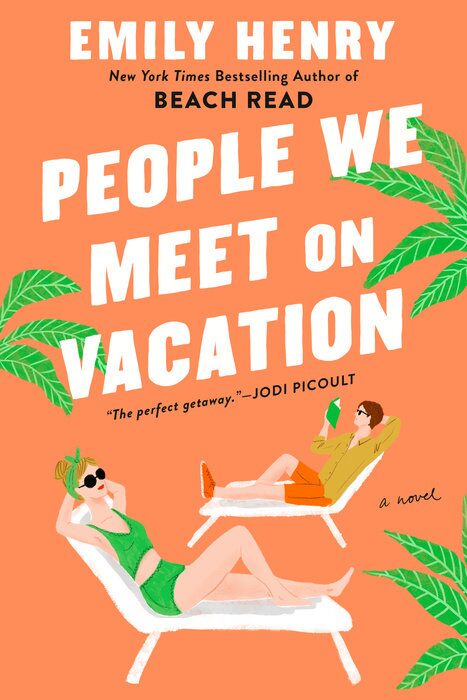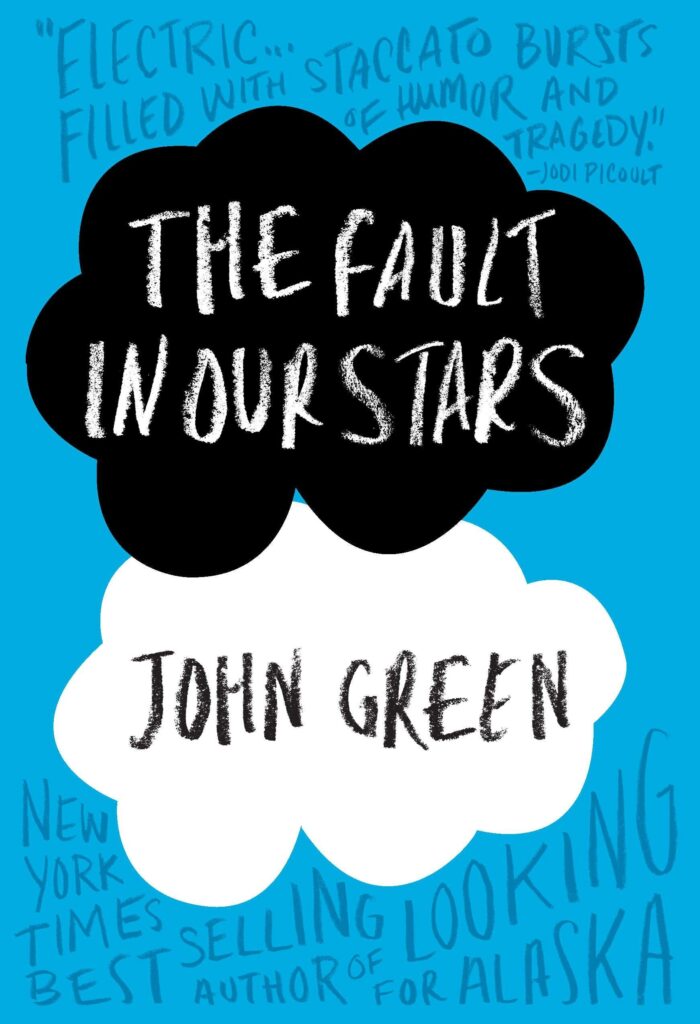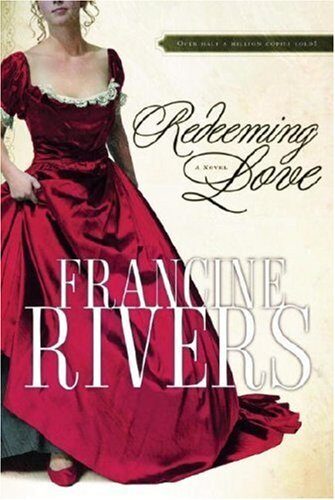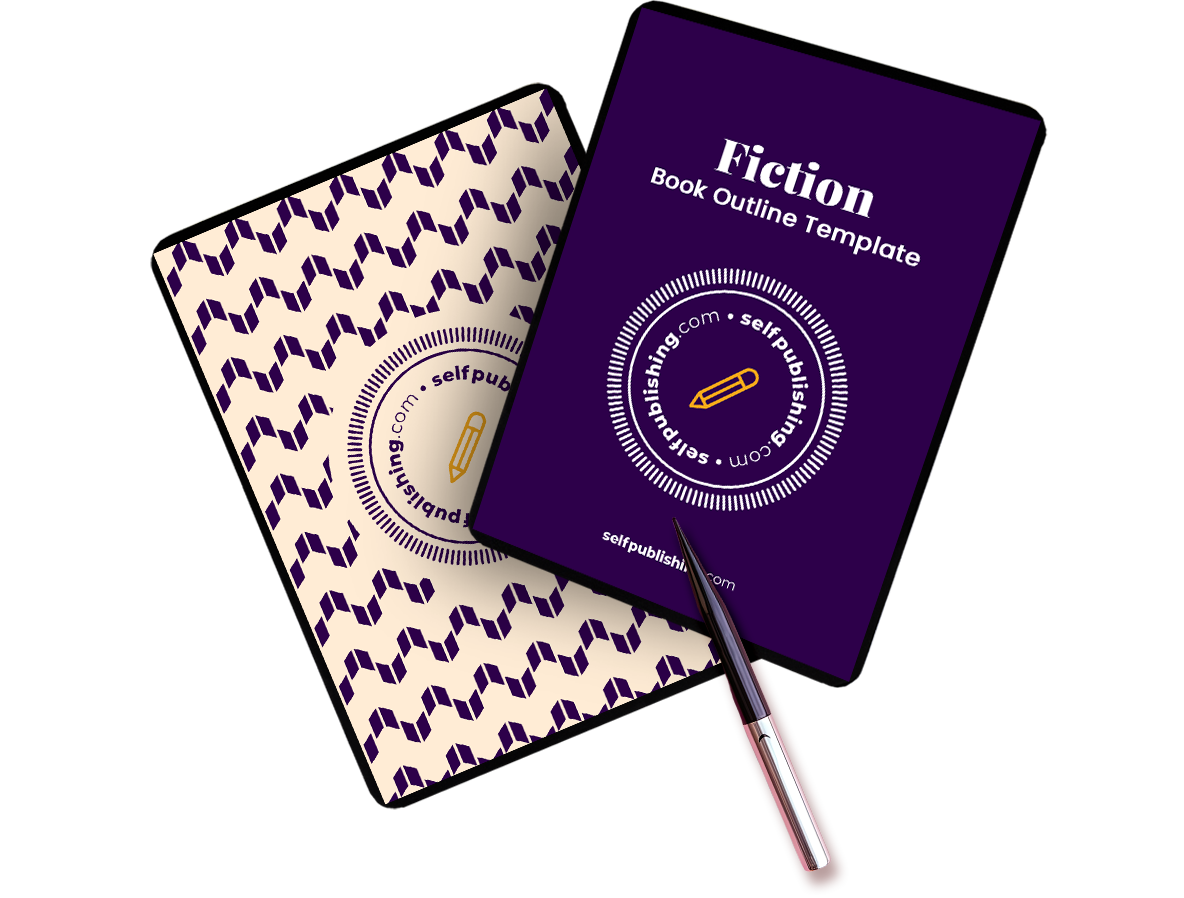Romance is one of the bestselling fiction genres, which means learning how to write a romance novel is a solid (and incredibly fun) business decision. In fact, as of 2024, romance novels accounted for approximately 21% of adult fiction sales in the U.S., making it the second highest-selling category in fiction.
Readers love romance, and for good reason. Stories about love, the tension of forming relationships, and happily ever afters are aspects of life we resonate with. Who doesn’t enjoy cracking into a new novel and finding inspiration in our favorite fictional characters?
But learning how to write a novel is an entirely different animal. How do you compete with the millions of books already published?
In this article, I will cover what exactly this genre is, a few of its sub-genres, and how to write a romance novel in 10 simple steps (including how to write a romance novel outline).
How To Write A Romance Novel: Defining The Genre
Romance novels are one of the most popular types of fiction to write, where the key plot focuses on two characters and their love story.
Jane Austen is a classic example of an author who does this well with her beloved characters. Whether it’s Mr. Darcy believing Elizabeth Bennet is beneath him, or Emma pushing herself into the love lives of those around her, romance books center on love.
The depth of focus on the topic, as well as the subplots surrounding it, define what type of romance you write.
For instance, fantasy romance books incorporate fantastical elements that add to the story, such as time travel or mythical creatures. A few classic examples of this sub-genre include The Princess Bride, Twilight, and Diana Gabaldon’s 1991 novel, Outlander.
Related: The 7 Best Fantasy Book Series Of All Time
It’s helpful to read young adult fiction books when learning how to write a romance novel. This popular sub-genre includes titles such as To All The Boys I’ve Loved Before, The Fault In Our Stars, and The Sun Is Also A Star.
A List Of Romance Sub-Genres
When learning how to write a romance novel, it’s helpful to understand that there are many sub-genres. So before we take our deep dive into the steps for how to write a romance novel, let’s make sure you have a good understanding of where your next novel fits on the shelf.
Here is a short list of romance sub-genres:
- Fantasy romance (Romantasy)
- Young adult romance
- Dark fantasy romance
- Dark romance
- Historical romance
- Romantic comedy
- Romantic suspense
- Contemporary romance
- Enemies to lovers
- Love triangle
- Forbidden love
- Medical romance
- Second chance romance
- Time travel romance
The list could go on, but you get the point. Romance is a massive genre filled with sub-genres and further sub-genres within those sub-genres. If you’re worried you won’t be able to master the art of how to write a romance novel, rest assured, your plot likely fits somewhere, as long as there’s a focus on love!
Related: Master List of Book Genres
How to Write a Romance Novel in 13 Simple Steps
With the foundation laid, how do you write a romance novel? What are a few practical steps that can take you from idea to final draft? Writing a successful romance novel involves several key steps to engage your readers and create a compelling love story.
First, set yourself up with novel writing software so you are ready to go. Then, here are the 13 steps you should take when learning how to write a romance novel:
1. Identify the kind of romance reader you write for
The first step in learning how to write a romance novel is deciding who your audience is. Determine the specific audience you want to cater to—contemporary romance, historical romance, young adult, LGBTQ+, etc.
Are you writing a spicy dark romance for the Booktokers? Are you trying to write a clean Christian romance novel?
Understand their expectations and preferences and keep that audience in mind as you write.
2. Mindmap your romance novel
One of the easiest ways to learn how to write a romance novel is to start with a mindmap. This is a way to brainstorm your book and get all your ideas down on paper. It will make it much easier to learn how to write a romance novel outline afterwards.
I like to use a simple bubble method. I write down a key concept, theme, trope, or event in the novel – such as “enemies to lovers.” Then, I create smaller bubbles around the main bubble to flesh out the concept. Why are they enemies? How did/do they meet? What prevents them from liking one another? What are the events that will start to chip away at their resolve?
You keep going and going until you have all the details you need. You can continue mindmapping your concepts until you know exactly how to write a romance novel on the topic.
3. Develop well-rounded characters
Create relatable, multi-dimensional protagonists with distinct personalities, motivations, and flaws—embodying the essence of beloved romance tropes that will keep readers rooting for their love story. Some popular tropes are forced proximity, fake dating, enemies to lovers, friends to lovers, and love triangles.
Your protagonist is the hero of your story and should be the character who drives the action.
While experienced authors can make almost any types of characters in fiction a leading one (consider Suzanne Collins’ book The Ballad of Songbirds and Snakes), it’s helpful to choose the character who makes the most sense.
If Collins had written The Hunger Games from Katniss’s mother’s point-of-view, readers never would’ve entered the games or experienced the Capitol. In the same way, if Nicholas Sparks had cast Travis’s dad as the protagonist in The Choice, the love story would’ve had an entirely different feel.
Make sure that as you choose your protagonist, you keep their love interest in mind. Just as directors cast actors with good chemistry, make sure your lead and their love interest can work as a pair.
4. Develop a strong plot – and start with an outline
While romance is central when writing a romance novel, your story should have a plot beyond the romantic relationship. Include subplots, challenges, and character growth to keep readers engaged. You can even include literary themes other than love!
There are several reasons why outlining can help you learn how to write a romance novel and, better yet, learn how to write romance in a way that draws your readers in. An outline helps you to:
- Write your book faster – When you choose to spend time upfront crafting an outline, you greatly cut the amount of time it takes to write the actual scenes. Instead of finishing a chapter and wondering where to go next, simply reference your outline and keep writing.
- Know how your story ends – Writing toward an ending helps keep you on track. Additionally, when you know how your story ends you can drop hints throughout your chapters leading up, a type of easter egg to keep the reader turning pages.
- Eliminate writer’s block – Part of learning how to write a romance novel comes down to making sure you actually write. Outlining, and maybe even using a book title generator to come up with a working title, provides you with a rough map for when you feel your creative energy is lacking.
Types of romance novel outlines
There are many helpful methods for writing your book and various ones to choose from. You can determine what works for you by simply trying several of the options below and then sticking with the one that’s most helpful.
Finding the right method is crucial when learning how to write a romance novel. Remember, these methods are meant to help you toward your end goal of completing your draft, so refuse to get stuck on a method that’s not helpful to you.
Simple table outline
One of the most efficient tools to aid you in writing your draft is via a simple table created in an Excel spreadsheet. A table outline is extremely helpful if you have a difficult timeline or perhaps two overlapping timelines.
For example, Nicholas Sparks’ book, The Longest Ride, combines many shifting elements. If your romance book falls into a similar category, you may want to try a table to keep track of any moving pieces.
Remember that the point of a table outline is to help keep you moving as you draft your manuscript. The quicker you can get your initial draft down, the more likely you are to stick with edits and publish!
Post-it note method
Discovering how to write a romance novel efficiently can be difficult. This is where the tried and true post-it note method comes into play. Post-it notes are an extremely visual, interactive way to plan out your various love stories.
If your story focuses on a love triangle, you may want to try out the post-it note method. This method allows you to easily structure and move post-its around. If you want your protagonist to fall in love sooner rather than later, or introduce the third player in the triangle a bit sooner, simply move your post-it note up the line.
Snowflake method
Randy Ingermanson is responsible for what we know as the snowflake method. Writers often design great plots and draft compelling drafts from this method.
Put simply, the snowflake method builds off each element of your story. Start with a line, build to a paragraph, chapter, and so forth, until you complete your rough draft.
If you prefer to write as a pantser, this is the most minimalistic, basic method and will likely work perfectly for you. Simply plan out your chapters, write down a few bullet points of the main ideas and supporting events taking place within the chapter, and then get to writing.
Related: What is a Rough Draft?
Template method
You may want to browse various templates or research your favorite romance authors and see which method they use. Open your favorite search engine and look up “how to write a romance novel template” or “book outline template.”
Many, many different methods should pop up at your fingertips, including what you should include in acts one, two, and three of your romance novel.
Reverse outline
Alright creatives, I see you. If the above methods seem too straightforward or you want to give yourself a different type of challenge, you should attempt the reverse outline. As the name implies, when you use a reverse outline you start at the end of your novel and work backward.
This type of planning allows you to make both your plot and your characters even more complex. Because you know X falls in love with Y at the end, you can develop their character arcs accordingly, drop hints, and craft character journeys you wouldn’t be able to otherwise.
5. Build sexual tension
Slowly develop the attraction and chemistry between your main characters. Building sexual tension in romance is all about anticipation, emotional stakes, and strategic restraint. Use subtle gestures, dialogue, and emotions to create anticipation. The build-up is one of the best parts of a romance novel!
There are so many ways you can do this.
Use slow burns and delay payoff to heighten desire. Create physical closeness through accidental touches or confined spaces. Dive into inner monologues to reveal hidden longing. Introduce obstacles—emotional or situational—to keep characters apart. Highlight physical reactions like racing hearts or flushed skin. Interrupt charged moments to reset tension, and tie intimacy to emotional risk.
For inspiration, study authors like Talia Hibbert, Sally Thorne, and Emily Henry, who excel at weaving chemistry and conflict into unforgettable romantic dynamics.
6. Show, don’t tell
Use descriptive language and sensory details to immerse readers in the characters’ experiences and emotions. Allow them to feel the love and passion between the characters. This is important when writing ANY book, not just when learning how to write a romance novel.
In romance, “show, don’t tell” means revealing feelings through actions, dialogue, and sensory details instead of stating emotions outright. Rather than saying “She was nervous,” show her fidgeting, avoiding eye contact, or stumbling over words.
Let readers infer desire from lingering glances, shaky breaths, or a hesitant touches. Use subtext-rich conversations and physical cues to convey tension or heartbreak. This deepens emotional engagement and makes scenes feel authentic. When readers feel what characters feel (without being told) it creates a more immersive, powerful romantic experience.
7. Remember that dialogue matters
When learning how to write a romance novel, practice crafting authentic and engaging dialogue that reveals the characters’ personalities and furthers the plot. Conversations should be natural and meaningful. Keep reworking them until they feel right.
You should consider which types of tones you should use to convey the correct mood and personality for each scene.
Explore the emotional journey of your characters. Show their vulnerabilities, fears, and growth as they navigate the ups and downs of love.
8. Resolve conflicts believably
While romance novels typically end with a happy ending, make sure the resolution feels earned and realistic. Avoid clichés or overly contrived solutions.
When learning how to write a romance novel, remember that the ending of your story should be emotionally satisfying and leave a lasting impression. You want your readers to have a book hangover when they slide out of those pages!
Tie up loose ends and show how the characters have evolved throughout the story.
9. Self-edit
Learning how to write a romance novel doesn’t actually end with writing. You have to edit your book, too! Revise your manuscript multiple times to eliminate errors and refine your writing. You can do this on your own at first, but once you think your manuscript is in top shape, it’s time to get someone else’s eyes on it.
10. Hire a professional editor
The final step in learning how to write a romance novel is seeking feedback from an outside source. You can find some beta readers, and hopefully a professional book editor. A book editor will catch issues with flow, grammar, and readability that you yourself have been blind to.
Editors know all about what sells in the publishing industry, so while you ultimately have creative freedom when it comes to your work, consider their advice seriously when learning how to write a romance novel.
Examples Of Successful Romance Books
Now that you’ve learned the steps for how to write a romance novel, it’s time to look at concrete examples of successful romance books.
People We Meet On Vacation by Emily Henry

Emily Henry’s People We Meet On Vacation is one of the best in the Contemporary Romance genre. Here are a few things Emily does well that we can all learn from.
First, she casts two unlikely characters in leading roles: Poppy and Alex. They are completely different from each other (a common romantic trope), but she highlights their differences with concrete details. These details are a second aspect she does well.
Emily Henry’s characters feel human, relatable, and even whimsical, yet she puts them both on a one-week timeframe. The clock is ticking, and readers have to keep turning pages. This added tension sets her book apart.
The Fault in Our Stars by John Green

John Green’s instant bestseller, The Fault In Our Stars, went on to sell over 23 million copies worldwide. Despite incredibly tragic circumstances, both of Green’s main characters share a comedic optimism that reminds readers of the importance of hope.
Another compelling facet of this romance novel is its writing style. If you want to learn how to write a romance novel, read John Green.
Redeeming Love by Francine Rivers

Francine Rivers is best known for her romance novel, Redeeming Love, although she has written many other books as well. Redeeming Love was originally published in 1991, but became so beloved by readers that it was made into a feature film in 2022.
What makes Rivers’ book so iconic is both its references to the Biblical characters in the book of Hosea, but also her unflinching description of her protagonist’s experiences.
Price and Prejudice by Jane Austen

We can’t discuss historical romance without mentioning Jane Austen. Her classic novel, Pride and Prejudice, has hit the screen twice, in 1995 and in 2005, and her characters feel like they belong in a history book. So, what did she do so well?
Austen’s characters embodied the culture of their time:
- They battle the tension of class
- Struggle through the proper etiquette of courtship
- Work with their own strong feelings both against, and ultimately for, each other
In fact, the love story of Elizabeth Bennet and Mr. Darcy is similar to an enemies-to-lovers novel, showing that romance writers can mix sub-genres for an original take on classic plots.
The Witness by Nora Roberts

New York Times bestselling author, Nora Roberts, paves the way in romantic suspense with her 200th book, The Witness. Her fascinating plot reveals the unromantic perspective of Abigail Lowery, paired with the local police chief’s interest in not just her, but her past.
If you want to stay up all night reading, taking notes on how to write this genre well, and keeping the light on, pick up a Nora Roberts novel.
Start Writing A Romance Novel Today!
After following the simple steps of how to write a romance novel above, it will be time for publishing! You will still have lots of steps ahead of you, like hiring a book cover designer, working on book formatting, and figuring out your book marketing strategy. Luckily, the team at selfpublishing.com is here to help.
It takes daily commitment to learn how to write a romance novel and finish your manuscript, but we’re here to provide you with all the resources you need from start to finish.
Feel free to check out the below resource to help you start on your outline. Even the most simple outline can empower you to finish your first draft. Happy romance writing!

